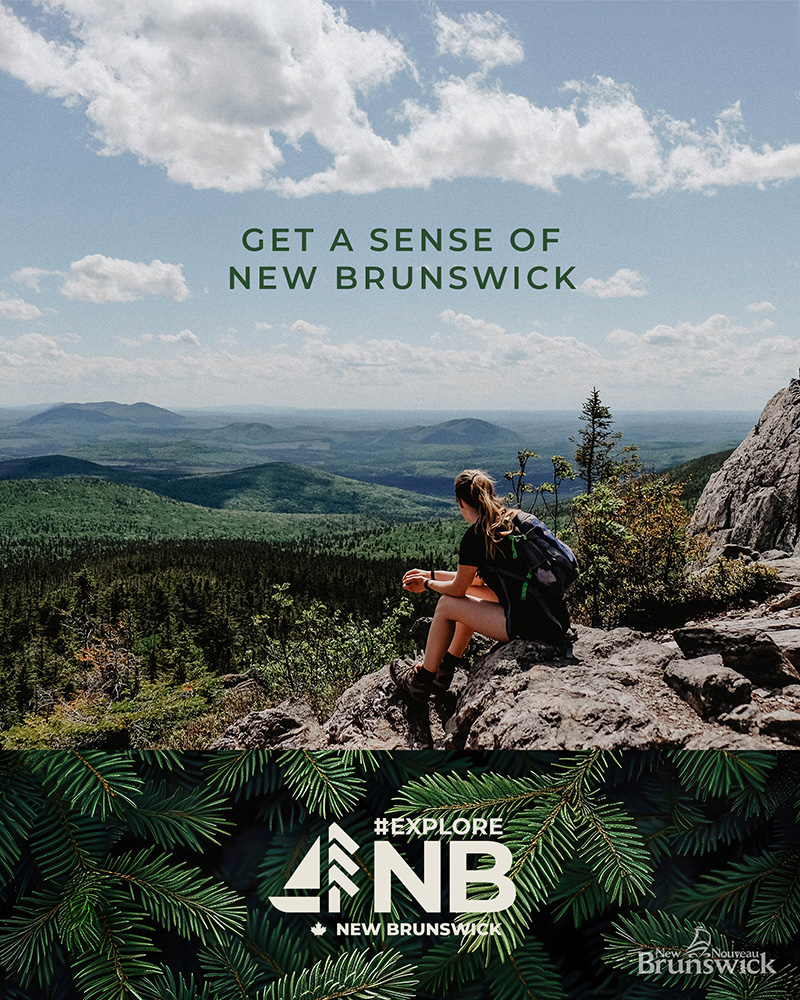Bog Trail
Quick Facts
| Difficulty | easy |
| Trail Type | linear |
| Distance | 900 metres one way |
| Estimated Time | 45 mins |
| Surface Type | crushed rock, boardwalk |
| Elevation Change | 8 metres |
| Features | bog, lookout tower |
| Trail Markers | signs |
| Scenery Rating | special features |
| Maintenance Rating | well maintained |
| Cell Reception | strong |
| Dog Friendly | on a leash |
| Fees | yes |
Map
Directions
Entering the park from Route 11 travel on Route 117 for 1 km then turn right onto Frigault Road near the visitor center. continue on this road for 14 km and you will see the signs for the Bog Trail. The parking lot for the trail is on the left. If you come to the canteen at the end of the road you have gone too far.
Description
The bog trail starts by following a boardwalk through a wet softwood forest. The trail enters into a large bog next to a 20 foot tall lookout tower next at the bogs edge. The boardwalk continues for a distance into the center of the bog. The boardwalk passes by a small pond and several interpretive signs before ending at a lookout platform near the center of the bog.
From the sign
Welcome to the Bog Trail
This trail will take you through these woods to a fine example of a domed bog. The 1,800 meter trail is mostly boardwalk; total walking time to the end and back, including a trip up the viewing tower: 45 minutes. But be prepared - Mosquitoes find the bog even more interesting than nature lovers do; on windless summer days especially, wear insect repellant.
Bog Roots - Our word bog comes from the Celtic word bocc, meaning soft. From the slow, labourious process of walking across a soft spongy bog comes the term bogged down. Without getting further bogged down in word origins, proceed now toward the bog. As you go, look for evidence of the bog's invasion of the forest.
Bog Basics - The basic characteristics of a bog: an acidic wetland, without moving water, where peat (compressed undecayed plant matter) composed primarily of sphagnum (a moss) has accumulated over time. More about these properties further along the trail. For now let's just note that peatlands account for 20 per cent of Kouchibouguac National Park and 12 per cent of Canada's land surface.
From the sign
Prelude to a Bog
The forest around you here is gradually being invaded by the bog. Note the wet, mossy forest floor in this area.
The Advancing Bog - A domed bog tends to expand. Its development is a slow process conditioned by climate and the contours of the land. The principal agent of its growth is an excess of cold acidic water that drains from its dome centre, infiltrating and waterlogging the surrounding forest.
The Retreating Forest - In decades and centuries to come, this forest may be overrun by the bog and this spot would then be unrecognizable. Its altitude would increase slightly (domed bogs grow upward as they grow outward), conditions would become wetter still, the vegetation would therefore change. These changes would in turn affect the local micro-climate.
From the sign
The Thin, Wet, Leading Edge
Wettest - In the lagg zone the water table is at or just below the surface. This zone was until recently - recently in geologic time! - forested. Over the decades and centuries, excesses of cold and acidic water from the bog infiltrated and waterlogged the surrounding forest. Conditions that had once been favourable to the forest thus changed to favour the continued growth of the bog.
Thinnest - The newest and thinnest part of a domed bog is its outer edge, this treeless zone in which you're standing. It's known as the bog's lagg zone. It surrounds the entire higher, domed portion of the bog, much as a moat surrounds a castle; lagg, in fact, is the Swedish word for moat. (The Scandinavian countries, like Canada, are lands of many bogs. Several of the words we use to describe aspects of bogs come from their languages.)
Richest - Compared with the bog's other zones, the lagg is nutrient-rich; it receives nutrients in the water from the surrounding forest. Productivity is higher here, the number of plant species is greater. Several species of delicate orchids grow in this zone.
From the sign
The Spongy Slope
You're now on the bog's slope zone, which, because of the thickness of centuries' worth of peat, is higher and drier than the lagg zone (drier in that the water table is some distance below the surface).
Peat in History - Sphagnum, as a result of its acid growing conditions, tends to be sterile. This property led natives to use it as a natural displosable diaper. As late as World War I, sphagnum served as a clean absorbent dressing for wounds. Dried peat has been used as a rudimentary form of home insulation.
History in Peat - Think of the bog in the context of history for a moment. As the Great Pyramids were being built, peat was beginning to accumulate where you stand. When ancient Greece was brand new, the peat was already about three metres deep. When it was about 4.5 m deep, the Vikings were establishing a Norse colony in a place that we now know as L'Anse-aux-Meadows National Historic Park, Newfoundland.
Blog Posts
Trail Last Hiked: November 8, 2013.
Page Last Updated: September 8, 2015.


